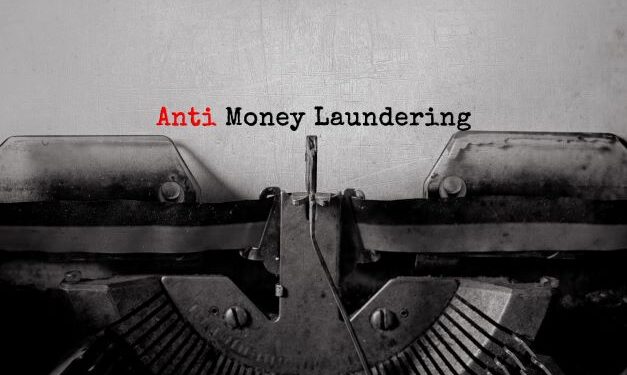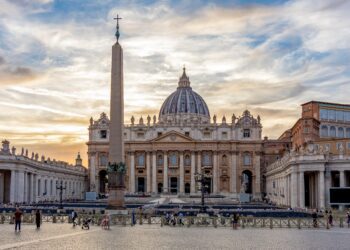How to mitigate money-laundering risks in the art and finance industry?
What is the fifth AML directive?
The Anti-Money Laundering (AML) Directive sets out a European legal framework to understand and mitigate the risks related to money laundering and terrorist financing (ML/TF). Since January 2020, the fifth Anti-Money Laundering Directive (AMLD51) has been in force across all EU Member States.
As the ultimate aim of the European authorities is a more regulated and transparent global economy, industries they consider as having a higher ML/TF risk are covered by this regulation.
The complex nature of international art-related transactions, its many intermediaries, and the high value of artworks significantly increase the art industry’s ML/TF risk. Therefore, the industry’s actors fall under the scope of the AMLD5.
Who qualifies as an art intermediary under AMLD5?
According to AMLD5, art intermediaries are:
- Persons trading or acting as intermediaries in the trade of works of art, including trade carried out by art galleries and auction houses, where the value of the transaction or a series of linked transactions amounts to €10,000 or more.
- Persons storing, trading or acting as intermediaries in the trade of works of art carried out by freeports, where the value of the transaction or a series of linked transactions amounts to €10,000 or more.
Therefore, art galleries, auction houses, art-secured lenders, freeports, and, potentially, carriers must comply with AMLD5.
What does this mean for art industry actors?
The art industry must comply with the extensive AML framework to prevent ML/TF risks, and set appropriate safeguards that prevent these risks from materializing.
AMLD5 sets out the following obligations for entities in the art world:


Adopt a risk-based approach
Adopting a risk-based approach means making sure that enough time and energy is invested in areas where ML/TF risk is highest.
First, you must identify and assess the severity of your business’ potential risk indicators. You can assess this risk by considering various factors, including:
- The type of buyer/seller (e.g., an individual collector, a specialized company, another art professional, an offshore trust, etc.)
- The way art professionals enter into contact with the buyer/seller (e.g., face-to-face, at an art fair, through a web platform or an intermediary, etc.)
- The type of artwork and transactions at stake (e.g., are the goods consistent with the profile of the buyer/seller, is the origin of the artwork well-known and documented, is the initiated transaction a sale, a loan, or a donation, etc.)
- The countries involved (e.g., is the buyer/seller domiciled in a country with equivalent AML and counter terrorist financing [CTF] regulations, is the artwork from a country that is subject to trade sanctions, etc.)
Perform customer due diligence
Art professionals must identify and verify their customers’ identities.
A few universal rules apply when performing customer due diligence:
- Timeliness: it must be performed as soon as the business relationship starts.
- Risk-based: it must be tailored to the customer’s risk level.
- Up-to-date: it must be regularly performed on an ongoing basis to collect accurate information and documentation on the customer.
Monitor the business relationship
When an art professional has a business relationship with a customer, the customer’s information must be kept up-to-date. The customer’s circumstances are likely to change throughout the relationship; therefore, the risk exposure of the customer may change. Such changes may affect the overall customer risk profile and, as a consequence, the checks to be performed.
Implement an adequate governance and operating model
Effective AML risk management relies on the design and implementation of adequate internal AML processes. An adequate internal organization includes the following key elements:
- Developing internal AML policies, controls and procedures.
- Appointing a person in charge of AML-related matters (compliance officer).
- Training staff to assess AML risks and ensure a good level of awareness.
- Keeping track of the risks identified and the actions taken to mitigate them.
Cooperate with the authorities
Art professionals who fall within the scope of the AMLD5 must cooperate fully with the authorities by:
- Filing, without delay, suspicious activity/transaction reports if ML/TF is suspected.
- Responding to requests for information from the competent authorities.
(Courtesy Deloitte)












